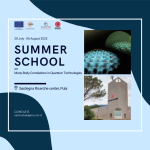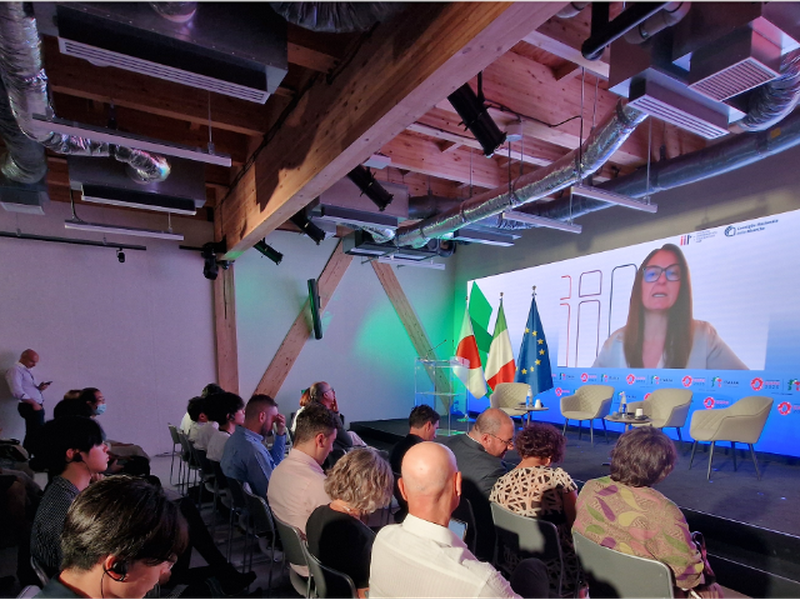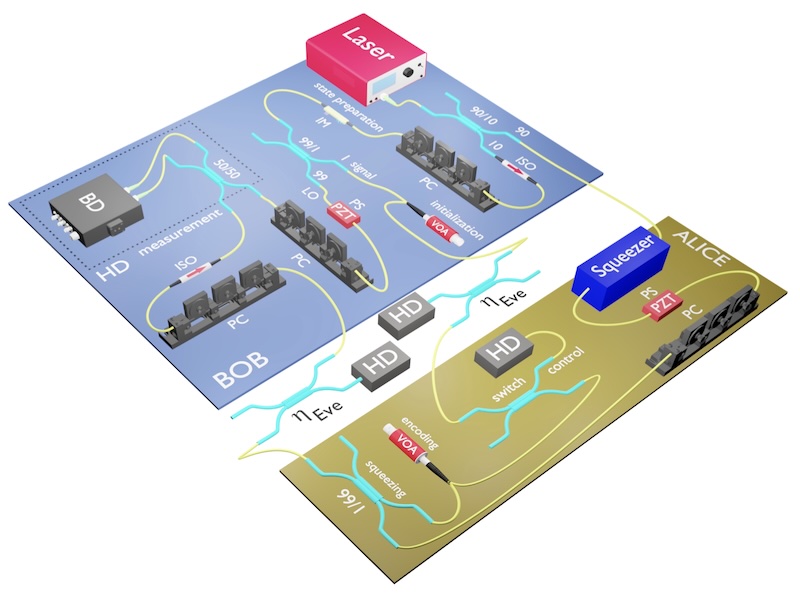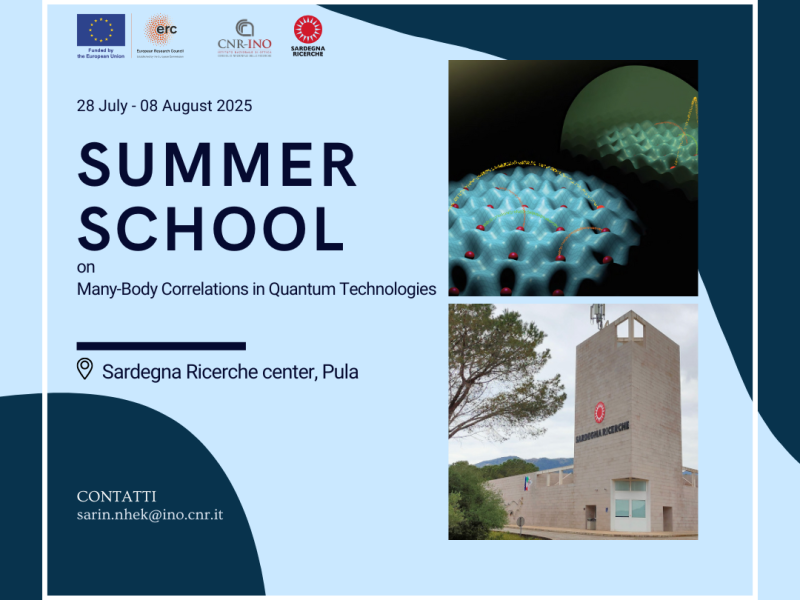
Summer School on Many-Body Correlations in Quantum Technologies
July 23, 2025
Editor’s Pick: Experimental Direct Quantum Communication with Squeezed States Published in Optica Publishing Group
July 29, 2025On July 17–18, 2025, the National Research Council of Italy (CNR) participated in Expo 2025 Osaka as part of the T-Power project (https://tpower.unifi.it/), promoted and coordinated by the University of Florence. In addition to the CNR, the project involves the University of Florence, the Sant’Anna School of Advanced Studies, the Scuola Normale Superiore of Pisa, and the University for Foreigners of Siena. Funded by the Italian Ministry of University and Research (MUR), the project aims to promote innovation and research in life sciences “made in Tuscany”.
Within the project, the CNR coordinates Work Package 3, titled “Saving, Empowering, Connecting Lives” which focuses on health and well-being. The CNR contributes its expertise in biomedical sciences, photonics, and medical technology applications.
CNR-INO showcased ongoing research activities within the framework of the PNRR Tuscany Health Ecosystem (THE) project (https://tuscanyhealthecosystem.it), with a focus on the application of very high-energy electron (VHEE) sources produced through laser-plasma accelerators, aimed at developing advanced FLASH radiotherapy technologies. This technique, still in the experimental phase, promises extremely fast and effective cancer treatments with minimal impact on healthy tissues.
The project benefits from two major PNRR initiatives led by INO:
IPHOQS – Integrated Infrastructure Initiative in Photonic and Quantum Sciences (https://www.i-phoqs.eu), which provides infrastructures and technologies in photonics and quantum science;
EuAPS – European Advanced Photon Sources (https://euaps.infn.it), dedicated to the development of advanced photon sources for scientific and biomedical applications.
Participation in Expo 2025 also strengthened scientific cooperation between Italy and Japan, thanks to the involvement of prestigious Japanese institutions such as the SANKEN Institute and the Graduate School of Medicine of Osaka University, as well as the National Institutes for Quantum Science and Technology (QST) in Kyoto.
CNR’s engagement in this initiative reaffirms the organization’s central role in promoting cutting-edge scientific research and in advancing technology transfer towards innovative solutions for global health.





